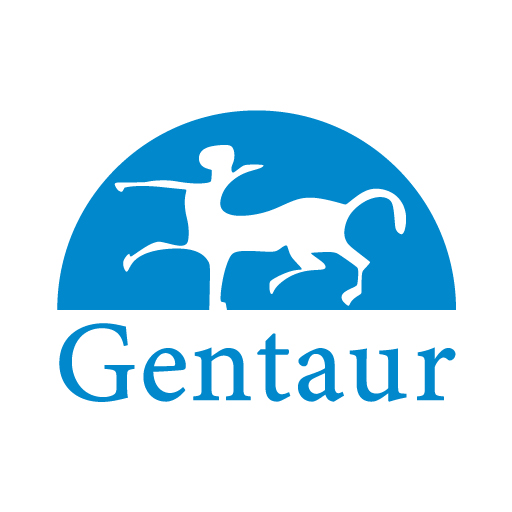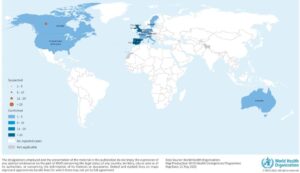RANKL and RANK are members of the TNF superfamily of ligands and receptors that play an important role in the regulation of specific immunity and bone turnover. RANK (receptor) was originally identified as a dendritic-cell-membrane protein, which by interacting with RANKL augments the ability of dendritic cells to stimulate naïve T-cell proliferation in a mixed lymphocyte reaction, to promote the survival of RANK + T cells, and to regulate T-cell-dependent immune response. RANKL, which is expressed in a variety of cells including osteoblasts, fibroblasts, activated T-cells and bone marrow stromal cells, is also capable of interacting with a decoy receptor called OPG. Binding of soluble OPG to sRANKL inhibits osteoclastogenesis by interrupting the signaling between stromal cells and osteoclastic progenitor cells, thereby leading to excess accumulation of bone and cartilage. Recombinant murine sRANKL is a 19.4 kDa polypeptide comprising the TNF homologous region of RANKL (174 amino acid residues).
The lyophilized Soluble RANK Ligand recombinant protein is stable for at least 2 years from date of receipt at -20°C. Reconstituted Soluble RANK Ligand is stable for at least 3 months when stored in working aliquots with a carrier protein at -20°C. As with any protein, exposing Soluble RANK Ligand recombinant protein to repeated freeze / thaw cycles is not recommended. When working with proteins care should be taken to keep recombinant protein at a cool and stable temperature.
- Tested Applications: N/A
- Applications: N/A
- Predicted Molecular Weight: N/A
- Physical state: Lyophilized
- Buffer: N/A
- Concentration: N/A
- NCBI official symbol: Tnfsf11
- Accession #: NP_035743.2
- Protein GI: 114842415
- NCBI gene ID#: 21943
- NCBI official full name: tumor necrosis factor (ligand) superfamily, member 11
- NCBI organism: Mus musculus
- Peptide sequence: PAMMEGSWLD VAQRGKPEAQ PFAHLTINAA SIPSGSHKVT LSSWYHDRGW AKISNMTLSN GKLRVNQDGF YYLYANICFR HHETSGSVPT DYLQLMVYVV KTSIKIPSSH NLMKGGSTKN WSGNSEFHFY SINVGGFFKL RAGEEISIQV SNPSLLDPDQ DATYFGAFKV QDID
- SWISSPROT #: O35235
- Background Reference 1: N/A
- Background Reference 2: N/A
- Background Reference 3: N/A
- Background Reference 4: N/A
- Background Reference 5: N/A
- Source: E. coli
- Species: Murine
- By Source: E. Coli
- By Species: Mouse
- Fusion tag: N/A
- Sequence: PAMMEGSWLD VAQRGKPEAQ PFAHLTINAA SIPSGSHKVT LSSWYHDRGW AKISNMTLSN GKLRVNQDGF YYLYANICFR HHETSGSVPT DYLQLMVYVV KTSIKIPSSH NLMKGGSTKN WSGNSEFHFY SINVGGFFKL RAGEEISIQV SNPSLLDPDQ DATYFGAFKV QDID
- Biology activity: Determined by its dose-dependent ability to induce reporter gene in HT-29 NF-κB Luc reporter cells.
- Purity: Greater than 98% by SDS-PAGE gel and HPLC analyses.
- Endotoxin level is less than 0.1 ng per µg (1EU/µg).
This product is for research use only.









0 reviews for ProSci